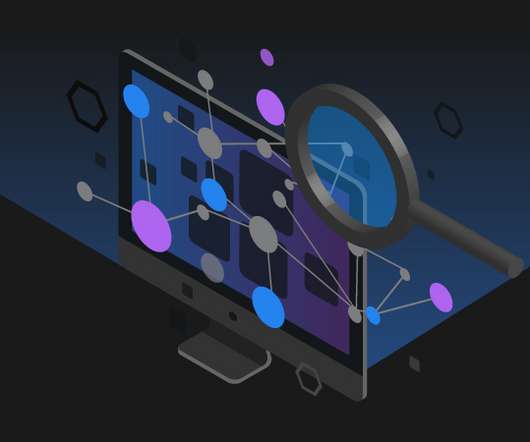Stuff The Internet Says On Scalability For August 31st, 2018
High Scalability
AUGUST 31, 2018
Woods and Hollnagel, 2006). michael_beh : there are so many price comparisons between #serverless and non-serverless deployments missing costs for multi-AZ, multi-region, operational OS mgmt, load balancer, pre-prod envs, etc. All of them are part of GBsec price in serverless. It's too often an apples/oranges comparison.











Let's personalize your content